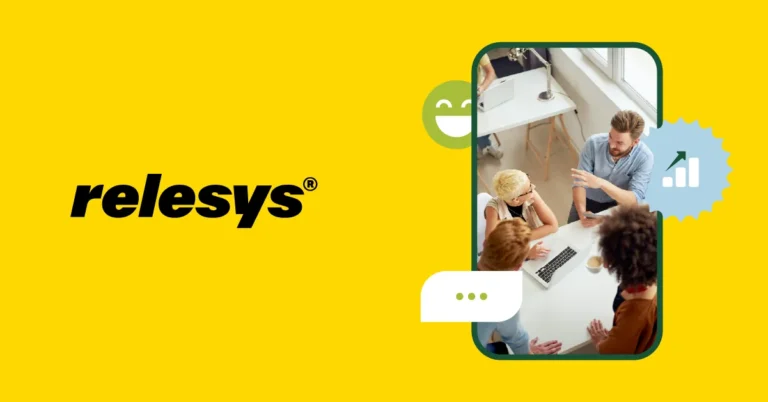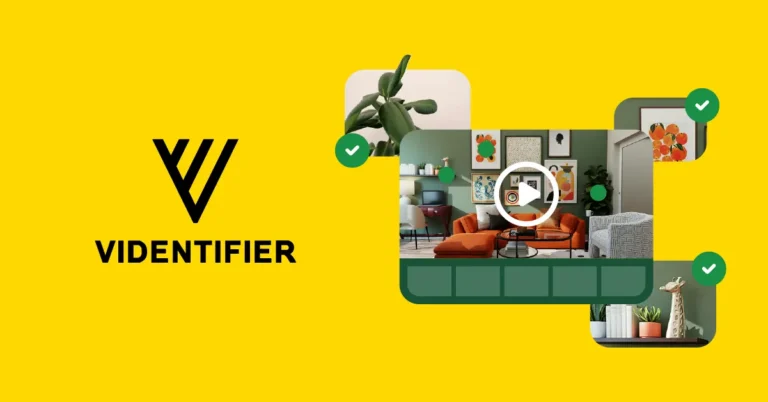Matthew Dale reports from an EPIC meeting on laser material processing from the Lithuanian capital Vilnius, and finds that Lithuania has a lot to offer in terms of photonics expertise
Lithuania as an independent state is only 26 years old – it declared its independence from the Soviet Union in 1990. As such, ‘there are not many companies older than 20 years,’ commented Marius Pilkauskas, CEO of Lithuanian optics firm Altechna.
Pilkauskas was speaking at the start of a European Photonics Industry Consortium (EPIC) meeting on lasers and material processing in the country’s capital Vilnius. Altechna, which was founded in 1996, hosted the event from 7 to 9 September, alongside Workshop of Photonics, until 2007 Altechna’s R&D arm, but now a separate entity performing micromachining feasibility studies.
The meeting, which gathered around 60 photonics executives, aimed, in part, to showcase the capabilities of Lithuanian photonics, a market that is young, but technically excellent.
Vilnius is one of Lithuania’s hubs for photonics technology. The country has a history of laser science that dates back 50 years through its research institutes. Today its universities have strong programmes in physics and engineering, with every sixth student in Lithuania studying either physics, engineering or computer science – a total of 22,000 students in 2015-2016. In 2015, 640 specialists were employed in Lithuania’s laser industry, with one in ten of these holding a PhD.
‘The competition [in Lithuania] is excellent,’ Eric Mottay, president and CEO of ultrafast laser producer Amplitude Systèmes, said during the meeting. ‘You have a very strong research and application environment, very strong universities, some good research and a good supply of talented people. Here exists a network – not a huge network, it’s still a small size by most standards – of closely related companies with a high technical level.’
Many Lithuanian photonics companies originated from a university background – Light Conversion, which manufactures ultrafast light sources and also hosted one of the days of the meeting, has its roots at Vilnius University Laser Research Centre. The company, along with fellow Lithuanian ultrafast laser firm, Ekspla, both supplied equipment for the Extreme Light Infrastructure Attosecond Light Pulse Source (ELI-ALPS) currently under construction in Hungary.
Lynn Sheehan, global director of applications at fibre laser company NLight, commented during the meeting that Lithuanian photonics has changed a lot. ‘My initial work in Lithuania showed that going back years they didn’t quite understand the scale of the laser market outside their region,’ he said. ‘And so in the first interactions [with Lithuanian companies] there was a lot of educating around the fact that when companies adopt the technologies [produced in Lithuania] they are expected to turn on in volume, and produce that volume.
‘What I see now is that the companies have invested in facilities and people, and actually have the infrastructure to sell on a global scale, and that was an important step forward for Lithuanian companies,’ he added.
Funding in Lithuania has been directed towards building university-based cooperative research centres where laser companies and customers can interact. A total of €276 million was invested in open R&D infrastructure in 2015, and the average monthly cost of an R&D centre with 55 employees is among the lowest in Europe, at €91,000.
Integrated Optics and Brolis Semiconductors are two companies that were established soon after their founders left university, developing technologies which originated as part of PhD research. Brolis – which means ‘brothers’ in Lithuanian – was started by the three Vizbaras brothers, Augustinas, Kristijonas and Dominykas. Augustinas Vizbaras told Electro Optics during a visit to the company’s Vilnius headquarters that Brolis originally applied for funding in Germany to start the company, but the process took too long. Seed investment by comparison in Lithuania was finalised in six months.
Brolis Semiconductors grows III-V materials for light emitters from near infrared to mid-infrared, covering GaAs, InP and GaSb material platforms. The company’s expertise in GaSb epitaxy means it can produce laser diodes emitting in the mid-infrared range from 1.8µm to 3.5µm, a traditionally difficult material to produce and one that has potential in sensing and medical technology, such as for sepsis diagnostics.
The photonics value chain in Lithuania therefore has excellence in research, as well as in optical component, system and service providers, but where it is lacking is in end-users of photonics technology. More than 80 per cent of photonics products from the country are exported, with annual sales of €65 million.
Speaking at the EPIC meeting, Jens Biesenbach CTO at German diode laser company Dilas, said that, in his experience, while there are plenty of Lithuanian engineers or physicists, ‘the problem is to bring business people in to see the market’. He added: ‘The internal market in Lithuania is very small, so that’s not enough to grow a company. So, this is a question of networking to see the markets,’ although he added that many Lithuanian photonics companies are now attending trade shows to show their products.
Guozhong Li, deputy chief editor at the Chinese publication Laser Manufacture News, who was also at the EPIC meeting, commented that when travelling to Lithuania a member of the Chinese delegation was surprised at the mirror coating and measurement capabilities at one of the companies. ‘No one can do this in China, but we found the solution in this Lithuanian laboratory, but they don’t sell it,’ he said.
The laser industry in Lithuania still has plenty of room for growth, with the majority of laser companies based there consisting of less than 20 staff. ‘Several of the photonics companies in Lithuania have made that transition now where they’re not 10 people anymore, they’re hundreds of people with a very good business and you see them at international trade shows,’ said Sheehan of NLight. ‘With the larger companies, they now have that infrastructure where you don’t need to come in and help them as much or pull technology out of the research lab. Certainly there’s still a lot of opportunity to pull things out of the Lithuanian organisations, whether they be the small start-ups or the universities.’
According to Sheehan, the required competitive skill set is present in Lithuania and it will continue to exist there. ‘The question for every company is how can I take advantage of that capability?’
Source: Electrooptics.com













